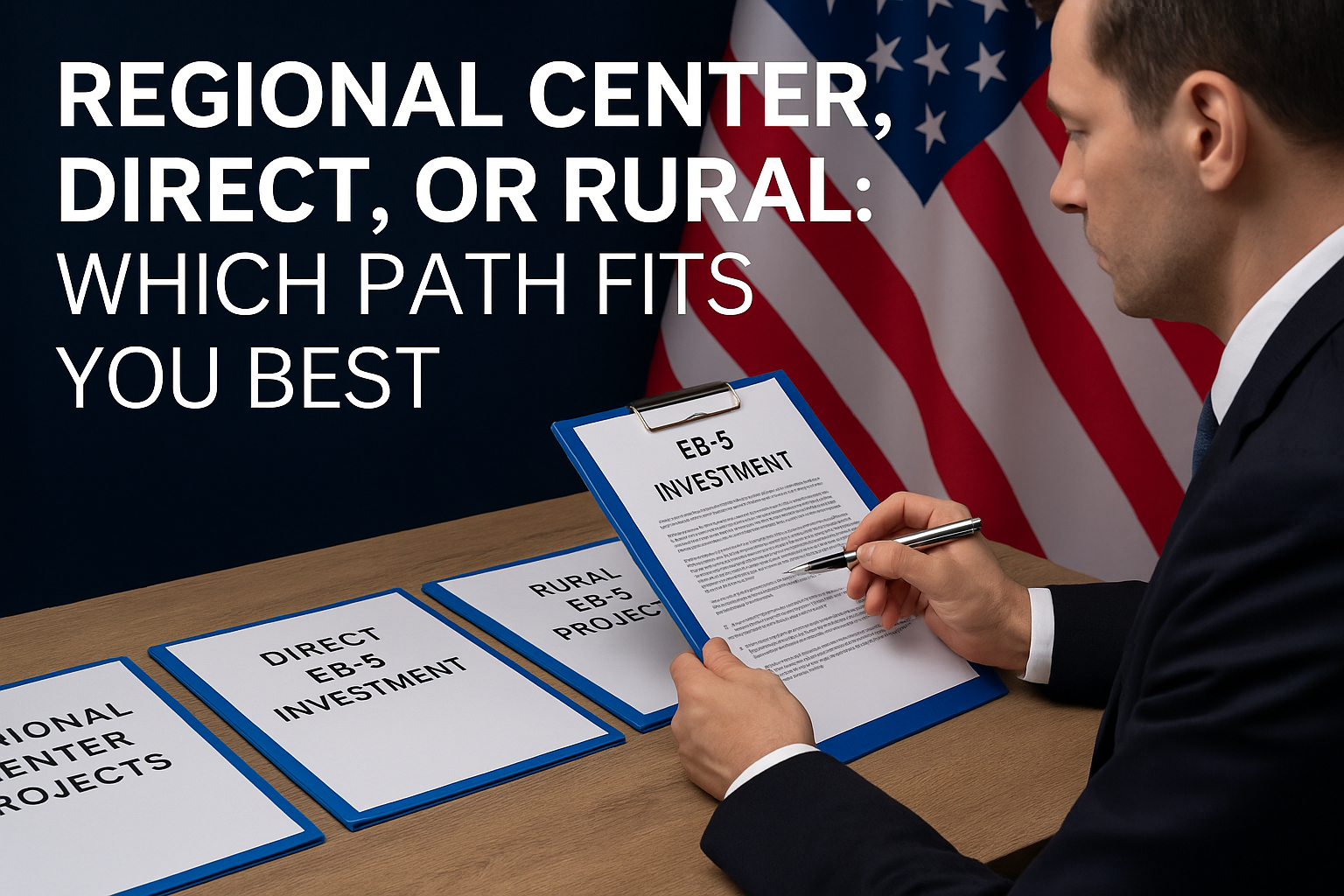The United States sees its first decline in immigrant population in decades. Learn how changing US immigration policy is reshaping workforce, economy, and global perception.
For the first time in more than half a century, the United States is experiencing a significant drop in its immigrant population. A recent analysis by the Pew Research Center revealed that between January and June 2025, the number of foreign-born residents—both documented and undocumented—fell by nearly 1.5 million. This marks a rare reversal in US immigration trends and signals a pivotal moment in the nation’s social and economic trajectory.
The total immigrant population stood at 51.9 million in June, down from 53.3 million just six months prior. The last comparable decline occurred during the Great Depression in the 1930s, when repatriation efforts forced hundreds of thousands of Mexican and Mexican American residents to leave the country. Today’s shift is driven less by economic collapse and more by a systematic tightening of immigration policies under the Trump administration.
US Immigration Policy: From Invitation to Restriction
Since taking office, President Trump has enacted sweeping changes to the US immigration system. These include restricting asylum access at the southern border, pausing the refugee program, increasing vetting for student and work visas, and expanding Immigration and Customs Enforcement (ICE) operations nationwide. Deportation efforts have intensified, with over 60,000 immigrants currently in detention facilities.
In a climate of heightened enforcement and legal uncertainty, many immigrants are choosing to leave voluntarily. Some are making use of the administration’s new self-deportation app, which offers modest incentives such as airfare and financial assistance to those willing to exit the country on their own terms.
The administration has openly welcomed the decline in immigrant numbers. Officials argue that it has eased pressure on public services and improved job market conditions for American citizens. Homeland Security Secretary Kristi Noem recently stated that the reduction is already producing positive effects nationwide.

Economic Implications of a Shrinking Immigrant Population
While some policy advocates applaud the shrinking foreign-born population, economists and business leaders are warning of the consequences. Immigrants are vital to multiple sectors of the American economy, from agriculture and hospitality to technology and elder care.
As the baby boomer generation continues to exit the workforce, the need for young, working-age residents is rising. Experts argue that curbing immigration now will intensify labor shortages, slow economic growth, and reduce the country’s global competitiveness.
According to data from Pew Research, approximately 14 million undocumented immigrants lived in the United States in 2023, making up 4% of the total US population and about a quarter of all foreign-born residents. California, Texas, and Florida had the highest concentrations. Many of these individuals have lived in the country for over a decade and are deeply integrated into their communities.
Employment shortages are already evident in industries that traditionally rely on immigrant labor. Restaurants, farms, and care facilities are struggling to find workers, leading to higher operating costs and disruptions in service. The long-term impact of this labor gap may ripple across consumer markets and public services.
Human Costs and Community Impact
Beyond the economic effects, the current US immigration crackdown is reshaping community life. Families are increasingly withdrawing from public spaces, avoiding school and work routines out of fear of detention or deportation.
Some deportees have been sent to third countries with unstable conditions. For many, returning to their countries of origin poses real safety risks. As a result, some immigrants are choosing to leave preemptively, often liquidating assets and planning strategic exits to avoid being forcibly removed.
Immigrant advocacy organizations are reporting a rise in voluntary departures, particularly among long-term residents who prefer to leave with dignity rather than face potential imprisonment.

The Future of US Immigration Policy
The recent decline in immigration is not solely due to enforcement. It is also a result of shifting international perceptions of the United States. Tighter policies, combined with rising fear and unpredictability, are deterring not only undocumented migrants but also skilled professionals, students, and entrepreneurs.
This trend could have far-reaching consequences. Reduced diversity in the labor force, declining university enrollment from abroad, and fewer foreign investments are all possible outcomes of a less welcoming immigration environment.
Tara Watson, an economist with the Brookings Institution, warns that if current policies continue, the US could lose its reputation as a global destination for innovation, research, and opportunity. She and other experts caution that restrictive immigration policy, if maintained long-term, could result in generational setbacks.
Conclusion
The United States is undergoing a historic shift in its immigration landscape. With the immigrant population now in decline for the first time in decades, policymakers face critical questions about the future of the American economy, labor market, and global standing.
The impact of reduced immigration is already visible—from labor shortages and declining school enrollments to social fragmentation. Whether this decline becomes a long-term trend depends largely on the direction of future immigration policy.
For now, the numbers speak clearly: the US is becoming a less favored destination for newcomers. How the nation responds to this moment will help define its demographic and economic trajectory for decades to come.
References
-
U.S. Census Bureau – American Community Survey
-
U.S. Department of Homeland Security – Immigration Policy Updates
-
Brookings Institution – Economic Impact of Immigration
-
U.S. Immigration and Customs Enforcement – Detention Statistics
Follow us on social media and website for more insights!













